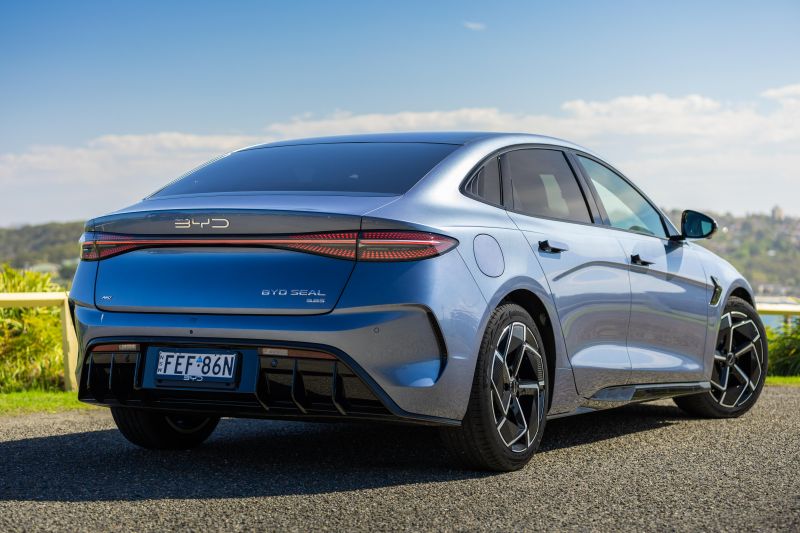China is estimated to now be the world’s largest car exporter, thanks in part to the overseas success of brands such as BYD and Chery, according to the latest figures from the China Passenger Car Association (CPCA).
As reported by Reuters, the CPCA claims China’s light-vehicle exports grew 62 per cent in 2023 to a record-breaking 3.83 million vehicles.
Japanese customs data on the other hand shows it exported 3.5 million passenger cars, excluding second-hand vehicles, in the first 11 months of last year.
There’s still a chance Japan could edge past in light-vehicle exports once December figures are published.
However, China’s total vehicle exports, including large trucks and buses, during 2023 were estimated to hit 5.26 million with a value of approximately US$102 billion (~A$153 billion), according to the CPCA, whereas Japan’s full-year exports are forecast to be around 4.3 million.
This development follows BYD overtaking Tesla in terms of global electric vehicle (EV) sales during the fourth quarter of 2023, though the American company maintained its lead for the full year.
EVs have helped power the global growth of Chinese brands, with brands like BYD and Nio entering the European market with EVs. However, brands like Chery and Changan also continue to field a wide range of combustion-powered vehicles in markets including Latin America and Africa.
On the local front, more Australians bought Chinese-built cars than Korean-built cars for the first year ever in 2023.
China became Australia’s third largest source of new vehicles last year with 193,433 sales and a 15.9 per cent share of the market, behind only Japan (345,071 sales, 28.4 per cent share) and Thailand (264,253 sales, 21.7 per cent share).
This was an increase of 57.5 per cent over 2022, which helped propel China past Korea’s 161,614 sales. Korean car sales increased by 1.5 per cent over 2022’s tally but accounted for only 13.2 per cent of the market.
China’s increase was fuelled by double-digit (and even triple-digit) growth from brands such as MG, Tesla, GWM, LDV, BYD and Polestar. All of these brand’s vehicles are sourced from the Chinese market.
Chinese brands have seen meteoric growth over the past few years in Australia.
The first surge of Chinese carmakers in Australia, which started in 2009, ultimately fizzled as quality and safety woes caught up with the likes of Great Wall, Chery, Geely and others. By 2015, Chinese cars were effectively right back where they started from in terms of market share.
The Chinese brands regrouped, and have made significant leaps in terms of technology and safety. Not only that, but American and European brands like Tesla and BMW started using China a a production source for our market.
MORE: VFACTS 2023: Chinese car sales soar, push past Korean cars

